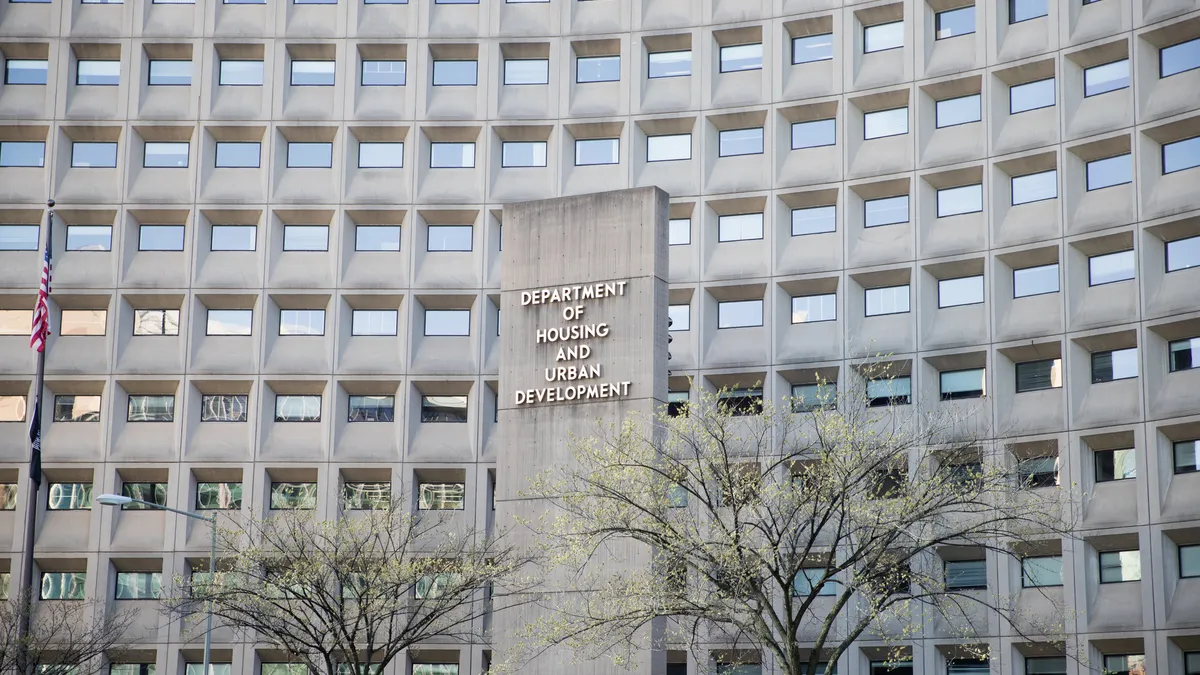Mike Bajorek, deputy town manager for Cary, N.C., was once a stranger to the opioid crisis. "Up until Thanksgiving last year, if you'd asked me if Cary had an opioid problem, I would have said, 'What's an opioid?'"
But upon returning to work after the holiday a year ago, the town's fire chief alerted other leaders that the department had responded to five opioid overdoses that weekend, and three were fatal. That launched deeper conversations among leaders in the town of 162,000 residents, and it led to the mayor's admission that, like a growing number of large and small communities across the country, Cary had an opioid problem.
The Centers for Disease Control and Prevention reported that the national rate of fatal opioid overdoses rose to nearly 20 people per 100,000 in 2016 — a 17% jump since 2015 — and the crisis is growing. Last month, President Donald Trump declared the opioid crisis a public health emergency. Yet a lack of funding from the federal level has tasked local governments with finding solutions in their cities, fast.
"Cary is one of the safest cities in country. But when the mayor says [opioids are] a top priority, we heard him loud and clear," Bajorek said. The mayor's call to action prompted town employees from a variety of departments to brainstorm approaches to mitigate the problem.
Leaders focused on a solution that a handful of other municipalities are considering but few, if any, have significant experience with: using drug-detecting robots to fight the opioid crisis at the street level. Or more accurately, below the street level, considering that the robots are designed to work their magic in the sewer system.
Sewer science
The practice — sewage or wastewater epidemiology — involves studying metabolite excretions, also called biomarkers, in the urine and feces found in sewage. It gained popularity in the United States in 2001, and the public largely became aware of this type of research when media outlets reported on the amount of antidepressants and hormones detected in America's wastewater. Since that time, researchers have taken to the sewers to research a number of substances.
"Monitoring sewage for drugs, including illicit drugs and drugs of abuse, serves as the most direct means known for revealing which drugs are being collectively used by a community," an EPA spokesperson told Smart Cities Dive. "It is also possible to calculate the average per capita usage in order to compare usage rates across cities or countries."
"They can tell the difference between pills that were just dumped down the toilet versus pills that were taken and metabolized. That’s really a key factor."

Mike Bajorek
Deputy Town Manager, Cary, N.C.
Wastewater epidemiology is considered better for tracking drug use than other methods because it is anonymous, eliminates the margin of error caused by self-reporting in surveys, is non-invasive and offers data in real time instead of days, months or years later. "In general, this method has tremendous promise for monitoring illicit drug abuse ... in a general population," said Kevin Bisceglia, an assistant professor of chemistry at Hofstra University who has extensive experience with wastewater epidemiology.
The process involves sending robotic collection devices into sewers and measuring the concentrations of opioids in sewage to estimate and map drug consumption. The analysis can distinguish between heroin, painkillers such as morphine and super-potent synthetic opioids such as fentanyl. "They can tell the difference between pills that were just dumped down the toilet versus pills that were taken and metabolized. That's really a key factor," said Bajorek.
The information gathered in the sewer could help to map a city's opioid consumption and allow leaders to evaluate where and how to better distribute resources. Collecting the constantly updated data from the sewers allows researchers to find hot spots for abuse at the neighborhood level. They can also determine if intervention methods are working and where problems might arise by using predictive analytics. "Just like database predictive analytics changed baseball, the more I talk to people the more I think that we’re potentially on that same path with public health practices," Bajorek said.
Partnering on pilot programs
The town of Cary teamed up with Biobot Analytics — a startup by MIT researchers that specializes in detecting opioids in wastewater — and other public health and nonprofit partners to submit an application to the Bloomberg Philanthropies 2017 Mayors Challenge. The competition assists cities with solving an urgent problem and offers 35 cities up to $100,000 to put their ideas into motion with a pilot program. Next year, a grand prize winner will receive $5 million to further advance its program, and four runners up will receive $1 million.
Cary doesn't employ epidemiologists and it doesn't specialize in predictive analytics. But through partnerships, it hopes to create a comprehensive pilot program that will benefit citizens and reduce opioid abuse.
"We're just wastewater people here," Bajorek said. "What the town is really doing is ... bringing together the technical people with the providers of programs, academia and some corporate people to ... do something that will make a difference."
The aspect of Biobot Analytics' business model that particularly appealed to Cary's leaders is "not necessarily their analytical approach, it's their collection approach. They'll find one manhole that will collect waste from about 3,000 to 5,000 people, so that's about 200,000 gallons of wastewater a day ... [and] it's only been in the system for about an hour," Bajorek said. The town had previously tried to measure metabolites in wastewater at its plant but it wasn't successful in producing meaningful results because "we get a little over 6 million gallons of wastewater coming through a day, and it takes about 24 hours of winding through the system to get there," he said. That's enough time for the metabolites to dissipate or completely break down.
For Cary, winning the grant money would mean sending robots to the sewers. Implementing the wastewater epidemiology pilot would involve submitting data about "how we perceive people are using [the program], what sorts of things happened, if it is reproducible and if the open data site we hope to create is usable," Bajorek said.
A lot hangs on whether the town receives the grant, but "we have committed to our partners that would do this whether we get the grant or not," Bajorek said.
Overcoming challenges
Although sewage epidemiology has been used for nearly two decades to track drugs in communities, it largely hasn't been used for opioid detection until now.
"There are some unique challenges with opioids," Bisceglia said. "One is that heroin, which is the most traditional opioid that's abused, degrades very rapidly into morphine. There's a lot of legal use of morphine so that can present a challenge trying to tease out how much is coming from illicit sources and how much is coming from hospitals."
A number of studies support the idea that a unique metabolite that indicates the presence of heroin is unstable in sewers and breaks down, which hinders detection. Some researchers therefore try to target fentanyl and other synthetic opioids, which are more stable in wastewater. But the potency of fentanyl — estimated at 50 to 100 times more powerful than morphine — means less is needed for abusers to get high, and therefore less shows up in wastewater, which complicates detection.
"It's a challenging measurement. This is a technique that has real promise, but there are real challenges for opioids that would need to be overcome," said Bisceglia.
Another challenge is the cost of the sewage tracking equipment. "The instrumentation is not cheap," Bisceglia said, but "once you have it the cost per sample is not exceptional."
Despite the barriers to using sewage epidemiology for devising better opioid mitigation programs, municipalities like Cary believe it's worth trying, given the severity and reach of the public health problem that opioid abuse presents.
"We are very excited to be able to facilitate the pilot to see if this approach works, is reproducible and can be done cost effectively," Bajorek said. "We believe if it does it's going to make a difference not just with the opioid epidemic, but with public health officials and what they do across the board."


















